In the wild, survival isn’t always about beating predators or finding food—sometimes the greatest threat comes from within a species.
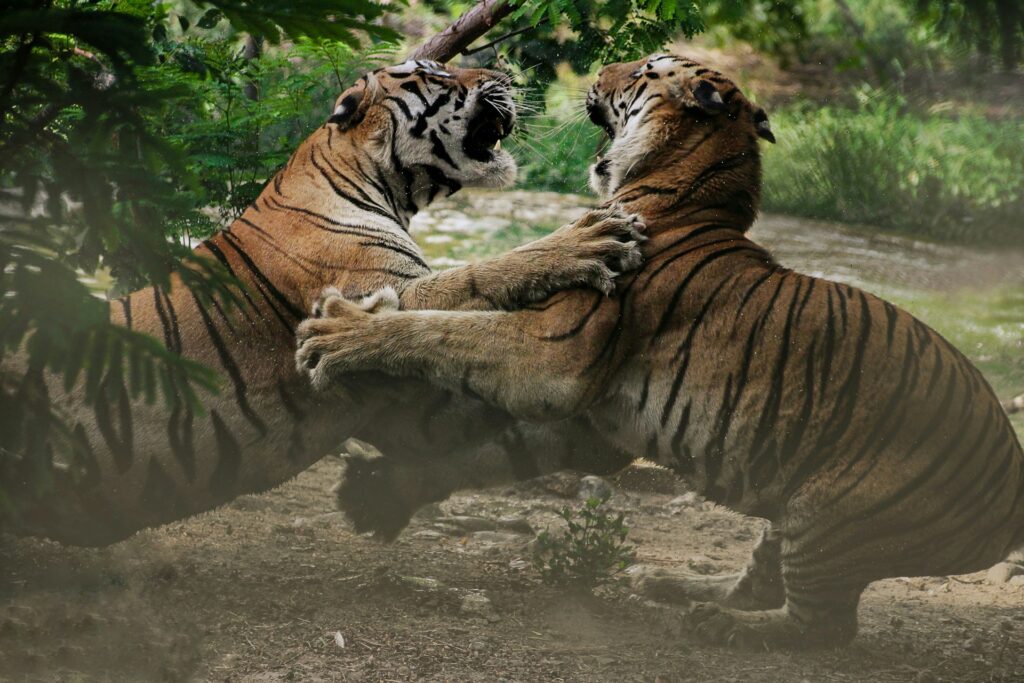
Across the animal kingdom, there are creatures that routinely kill members of their own kind. These aren’t accidents or acts of panic. They’re strategic, sometimes even ritualistic. From dominance to resource control, here are 13 animals that turn on their own kind—and the often brutal logic behind it.
1. Lions
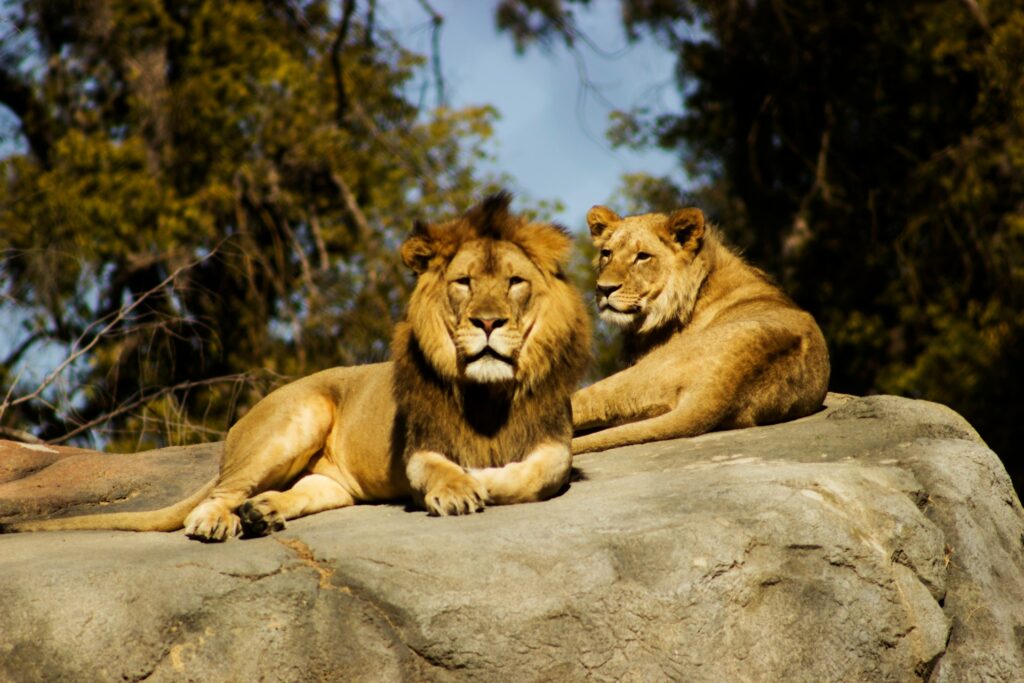
When a new male lion takes over a pride, one of his first acts is often to kill the cubs sired by the previous leader. As disturbing as it sounds, this ensures that the females come back into heat sooner, giving the new male a chance to pass on his own genes instead.
This behaviour is common across lion populations and is a cold evolutionary strategy, not random aggression. The females often resist fiercely, but once the cubs are gone, they’ll usually mate with the new male—reinforcing the cycle.
2. Bottlenose dolphins
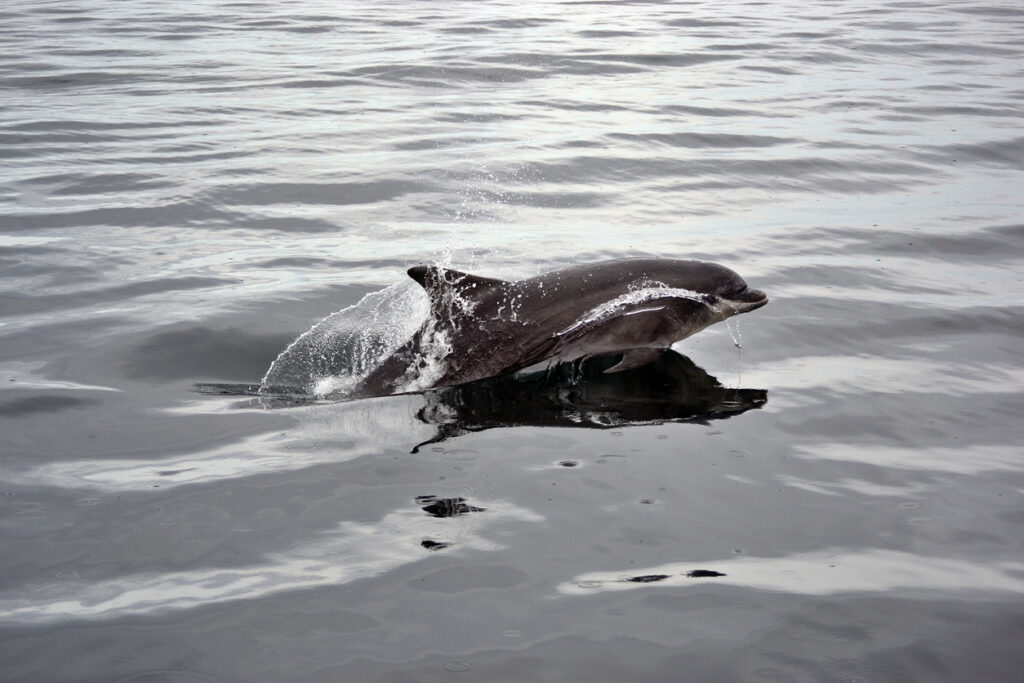
Bottlenose dolphins are intelligent, social—and surprisingly violent. Male dolphins have been known to kill calves that aren’t theirs, likely to increase their chances of mating with the mother. These attacks can be shockingly coordinated and deliberate. Calf-killing among dolphins challenges the species’ often squeaky-clean public image. But beneath the surface, complex social strategies are at play—and sometimes, they’re lethal.
3. Meerkats
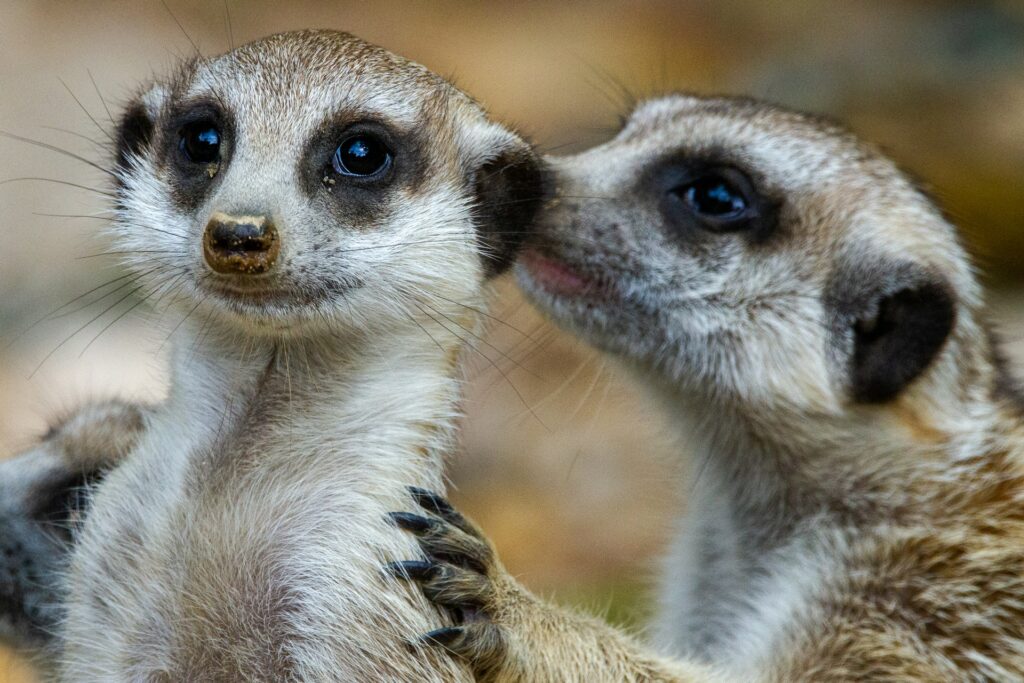
In meerkat colonies, there’s a strict social hierarchy, especially among females. If a subordinate female becomes pregnant, the dominant female may kill her pups, or even kill the mother herself, to eliminate competition for resources and social standing. It’s a harsh reality of communal living. Meerkats rely on group cohesion to survive, but within that system, power plays can be fatal. Dominance isn’t just about status—it’s enforced through very real violence.
4. Chimpanzees
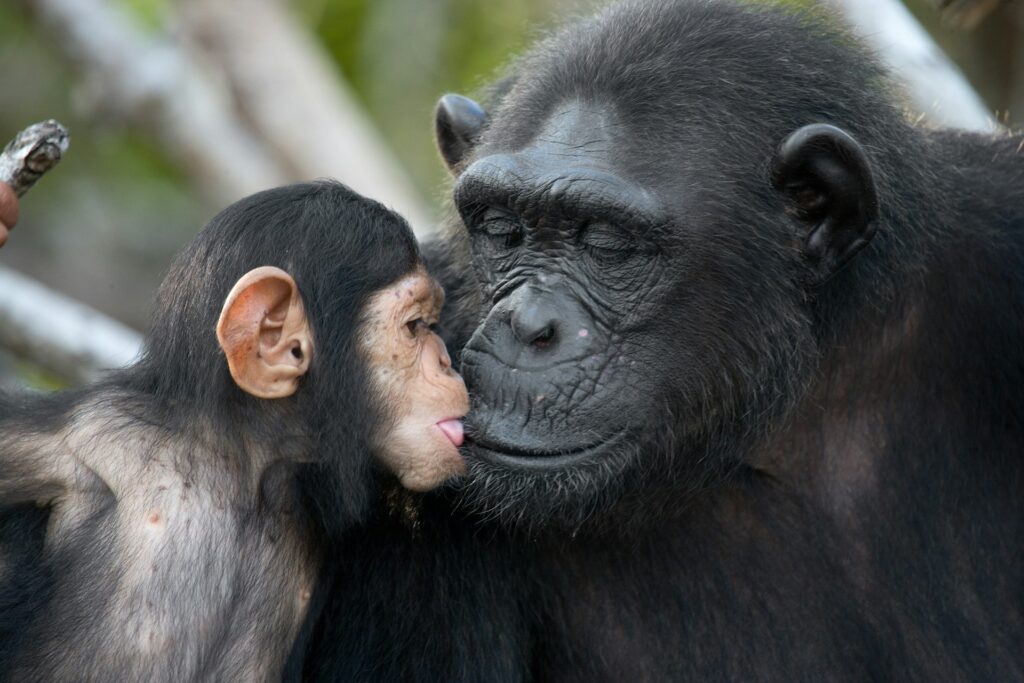
Chimpanzees live in tight-knit communities, but they also carry out calculated attacks on rival chimps—sometimes even within the same group. Males have been observed ambushing and killing other males to shift the social structure or eliminate rivals for mates.
What makes this especially unsettling is how methodical it is. Chimps will isolate a target, use coordinated teamwork, and continue attacking long after the individual is incapacitated. It’s not random—it’s strategic social dominance at its most primal.
5. Polar bears
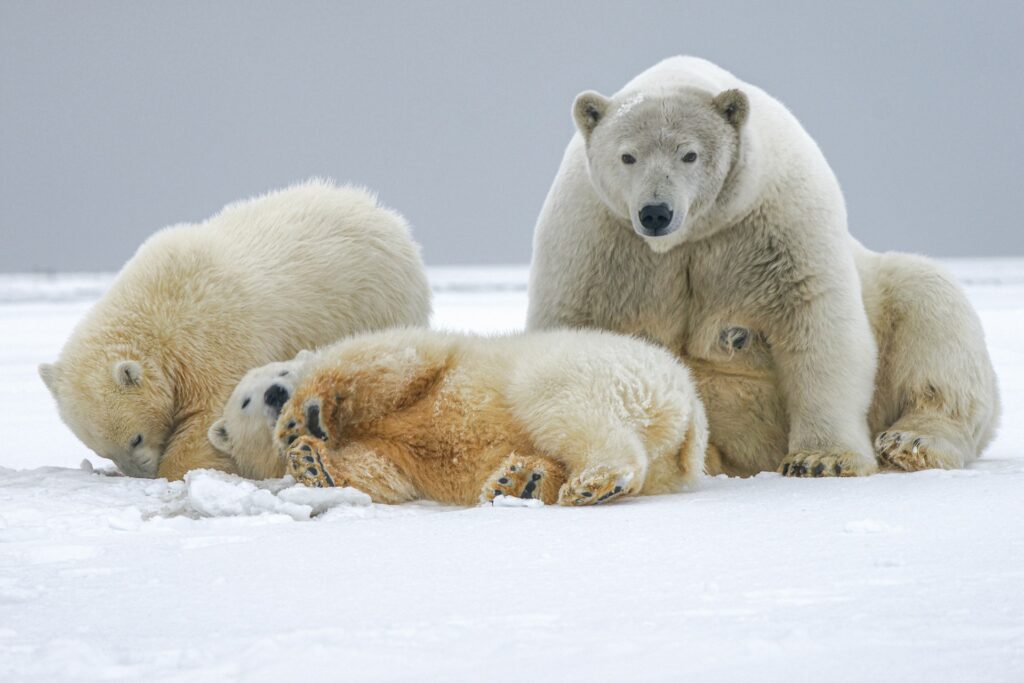
Male polar bears have been known to kill cubs, especially during lean food seasons. Like lions, this sometimes appears to be linked to mating access—removing cubs brings females back into reproductive condition more quickly. In some cases, it’s simply about food. Adult polar bears are opportunistic hunters, and when times are desperate, they’ll turn cannibalistic, even targeting their own species to survive.
6. Ants
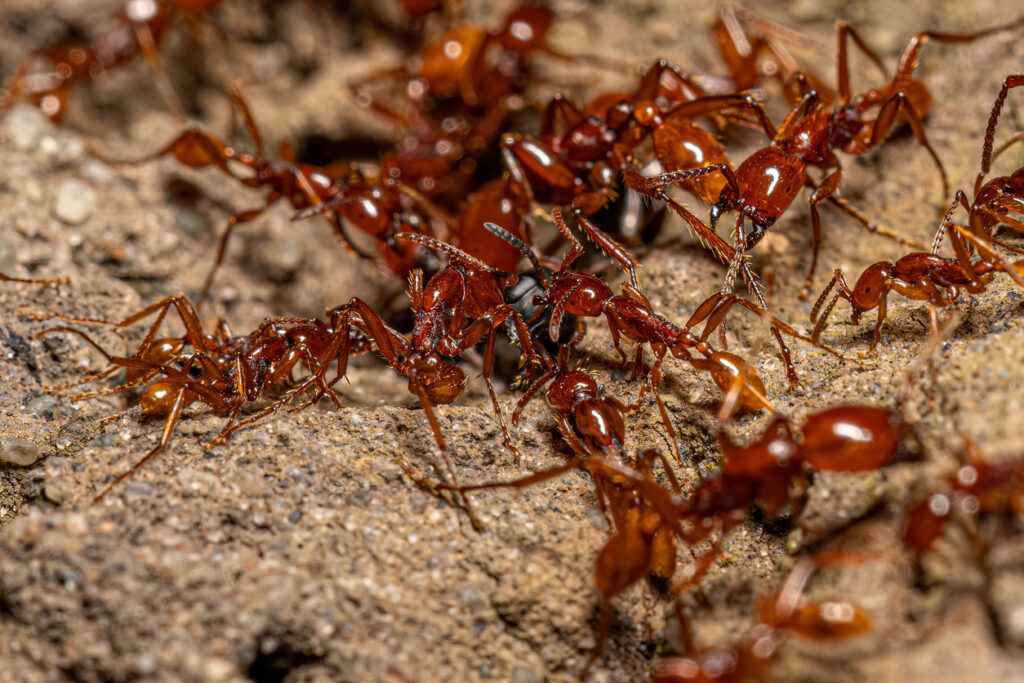
In certain ant colonies, worker ants will turn on their own nestmates if resources are scarce or if someone disrupts the social balance. Some species even engage in full-blown civil wars between nests of the same species over territory or access to food. These battles aren’t just defensive—they’re often preemptive or strategic. Ants assess strength in numbers and make calculated attacks that wipe out rivals before they become too powerful. It’s survival through organised aggression.
7. Tigers
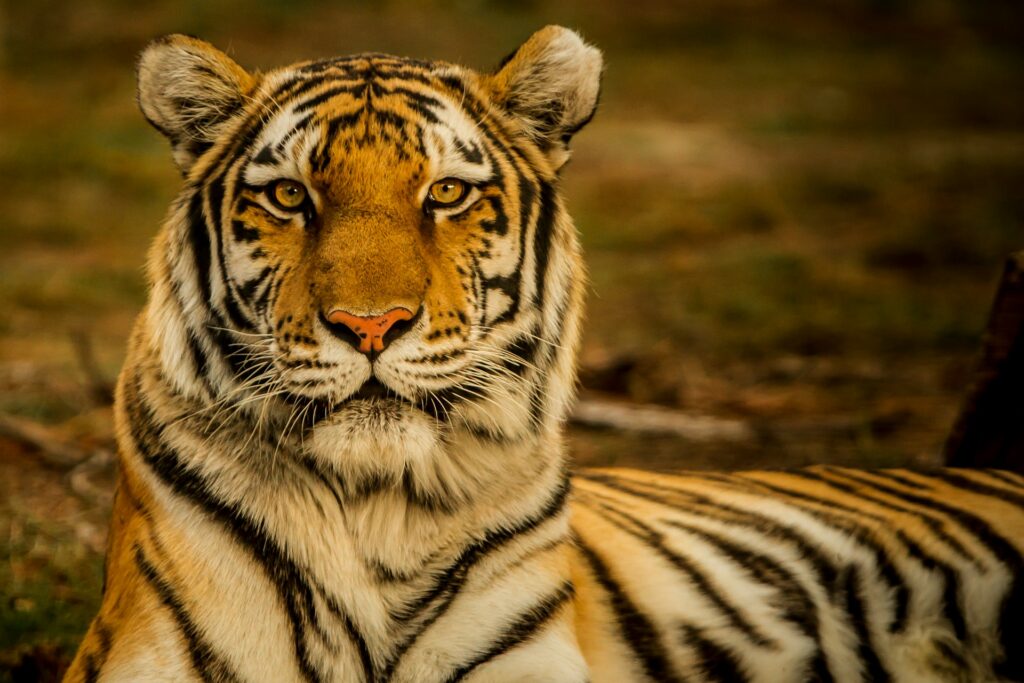
Tigers are solitary and highly territorial. If two tigers cross paths—especially of the same sex—violence can erupt quickly. Fights often result in severe injury or death, particularly when a younger tiger challenges an older one for territory. Unlike more social species, tigers don’t tolerate competitors well. Territory is everything, and the cost of losing it is high. That means fights between their own kind aren’t just possible—they’re expected.
8. Spotted hyenas
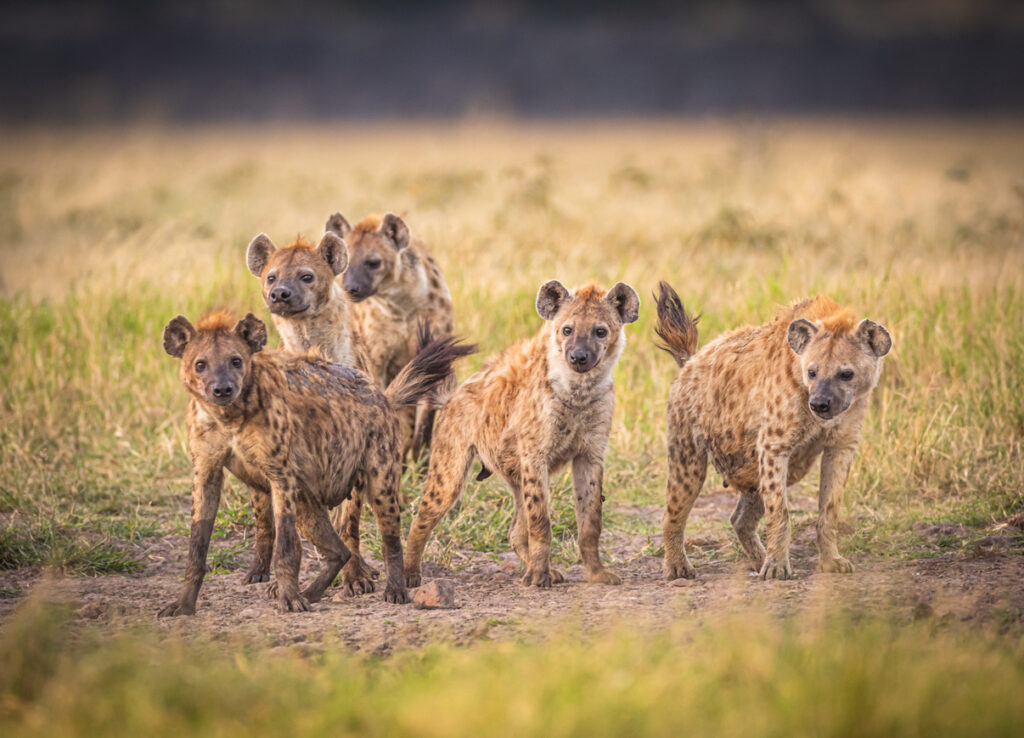
Spotted hyenas live in complex matriarchal clans, and infighting—especially among females—is intense. High-ranking females may kill the cubs of lower-ranking mothers to maintain their status or reduce competition for future leadership. In some cases, this aggression is triggered by small shifts in the power balance. Hyena society is brutal behind the scenes, and those in power aren’t shy about using lethal force to keep it that way.
9. Cane toads
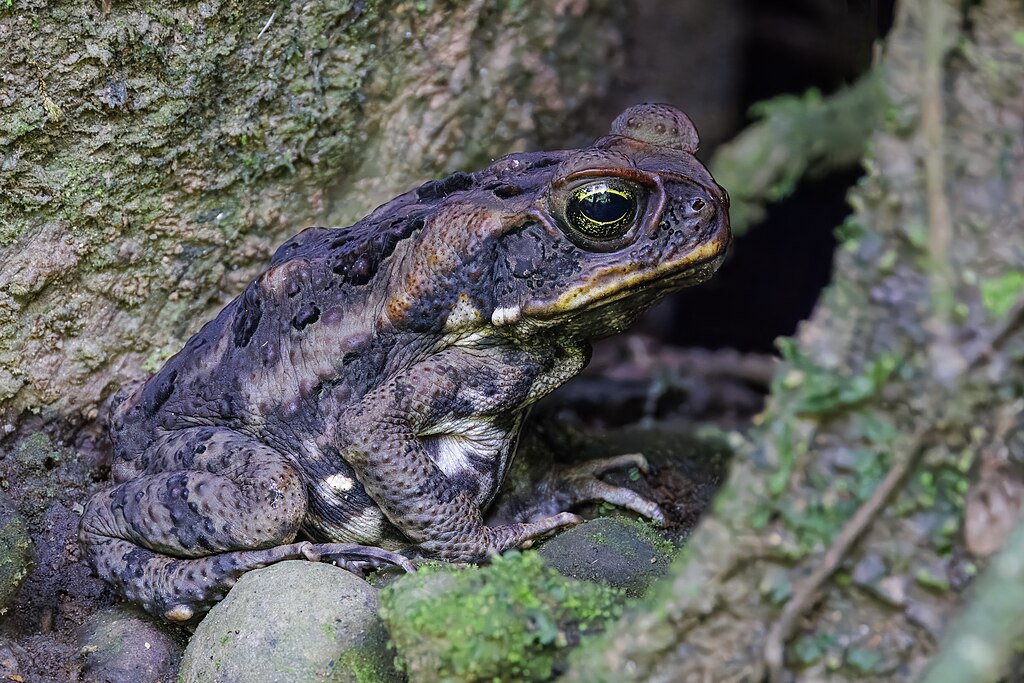
Invasive cane toads, especially in Australia, have been observed eating their own tadpoles. This behaviour likely reduces competition and helps the surviving offspring grow faster with less resource strain. It sounds ruthless, but from an ecological perspective, it increases survival odds in harsh environments. The toads aren’t confused—they’re calculating, even as juveniles.
10. Komodo dragons
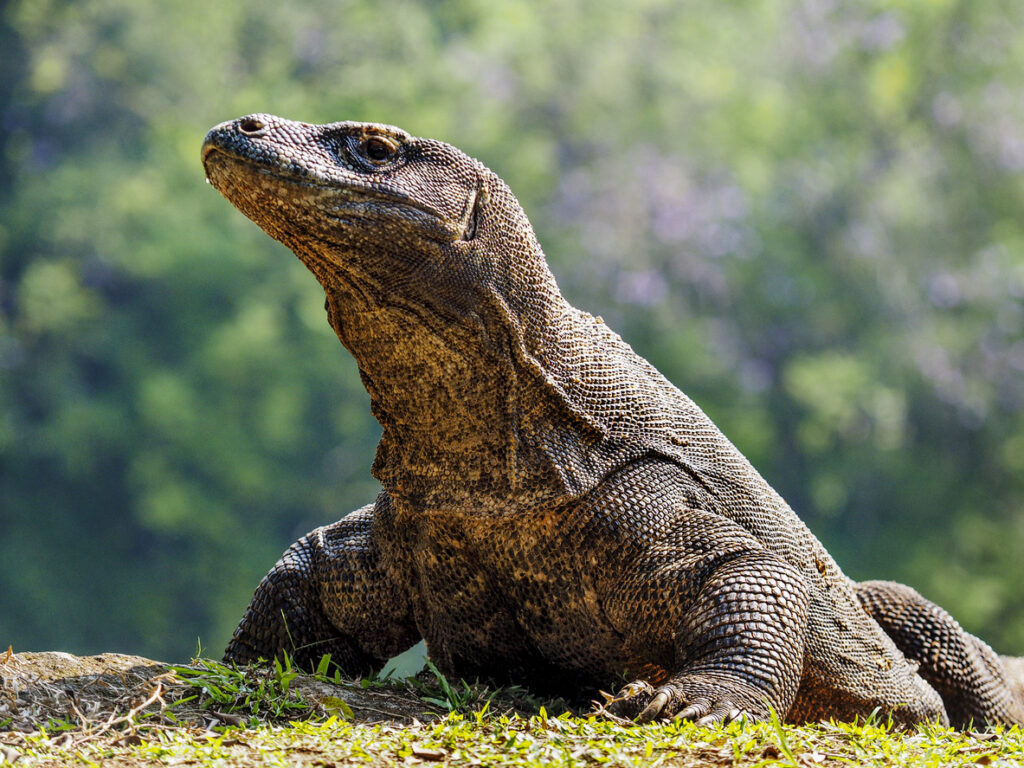
Komodo dragons are known cannibals, and they won’t hesitate to eat smaller members of their own species—including hatchlings. That’s why young Komodos spend much of their early life up in trees, hiding from the adults. This isn’t about rivalry or power—it’s just raw, opportunistic feeding. In a tough ecosystem, even a smaller Komodo dragon is seen as a convenient meal, not a relative to spare.
11. Hamsters

Pet owners may be surprised to learn that hamsters, especially females, can be extremely aggressive toward others of their species—sometimes attacking and killing cage-mates within hours of introduction. In the wild, hamsters are solitary and territorial. Forced proximity in captivity often triggers stress and defensive violence. It’s not poor temperament—it’s nature expressing itself in the wrong setting.
12. Bottlenose whales
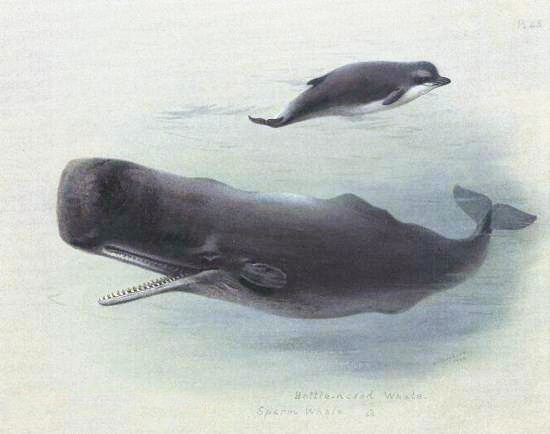
While far less studied than dolphins, some species of whales—including pilot whales and bottlenose whales—have shown evidence of internal conflict, including ramming and aggression that sometimes results in death within pods. The reasons are still being studied, but theories include competition over group leadership, mating rights, or stress from environmental disruption. Even among highly social species, conflict has its place—and sometimes, its casualties.
13. Chickens
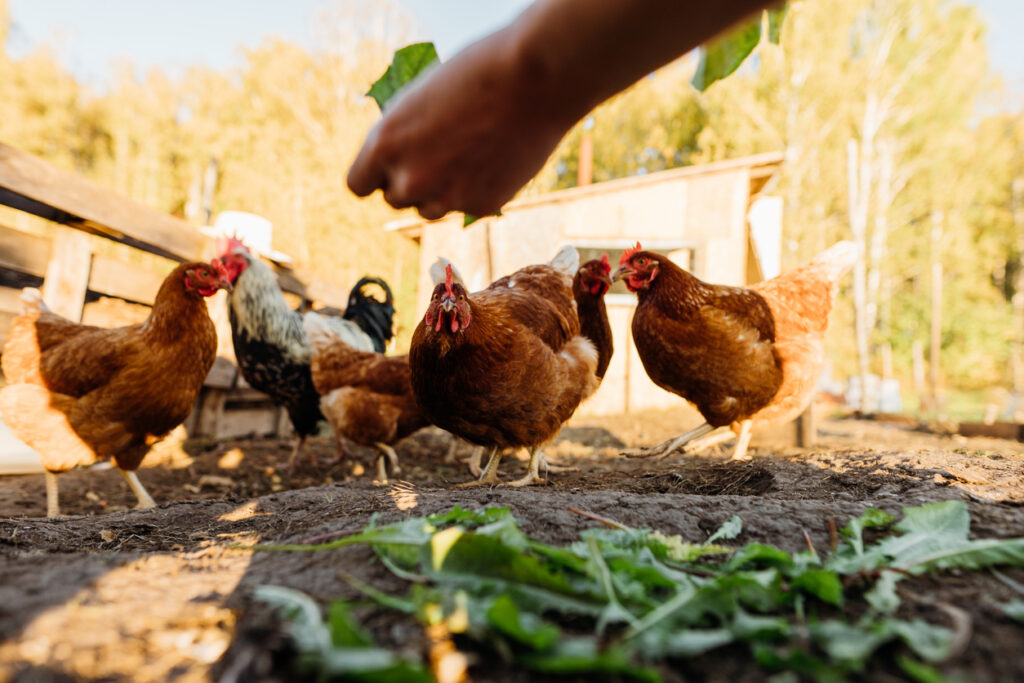
Domestic chickens have a rigid pecking order, and when that balance is disrupted, things can turn vicious fast. Once a bird is injured or falls out of favour, others will often gang up and peck it to death—even siblings raised together. What looks like chaos is actually a harsh form of social regulation. In tightly packed flocks, the instinct to reinforce hierarchy runs deep—and when unchecked, it can turn fatal.